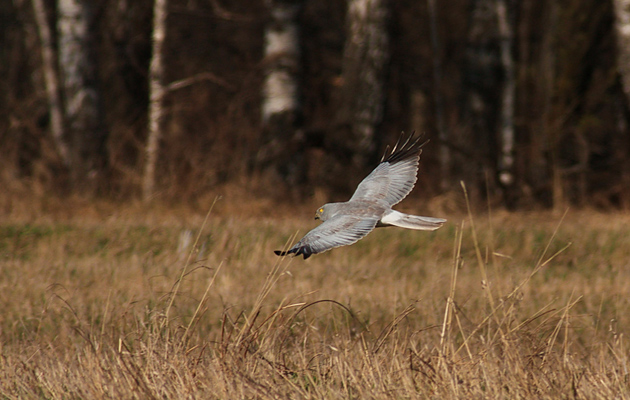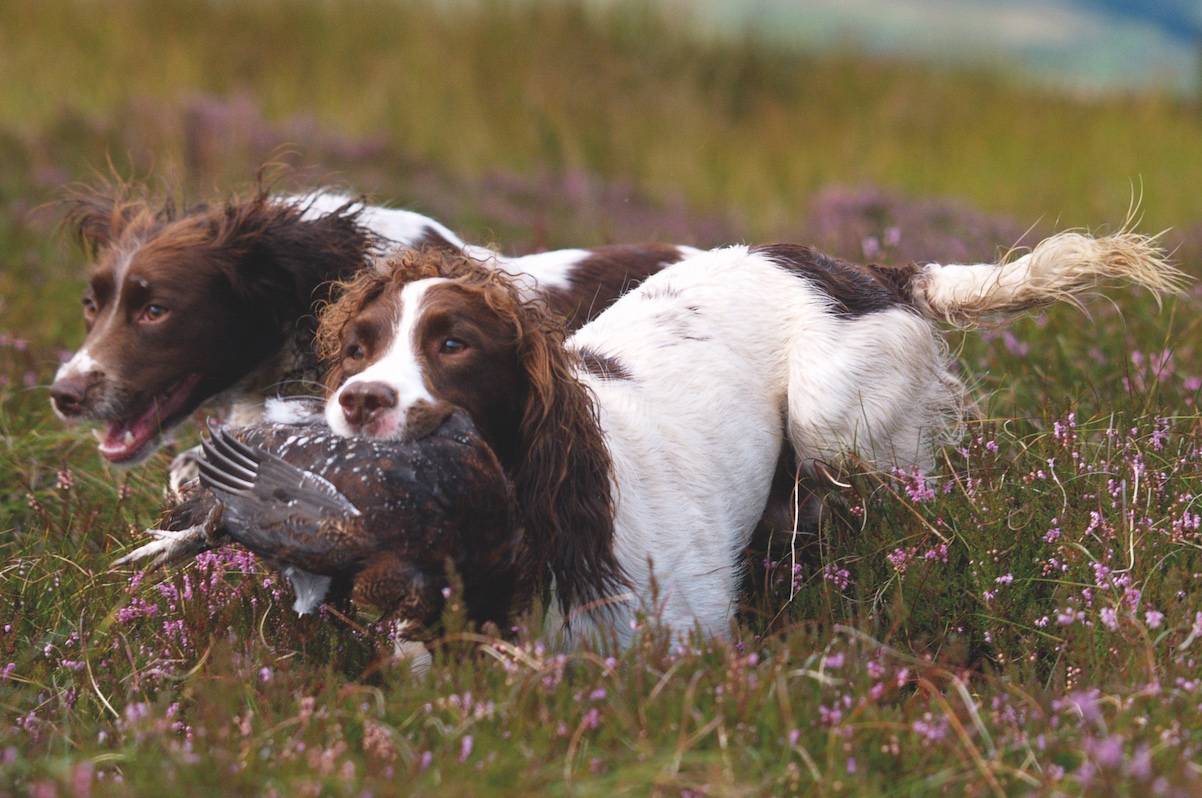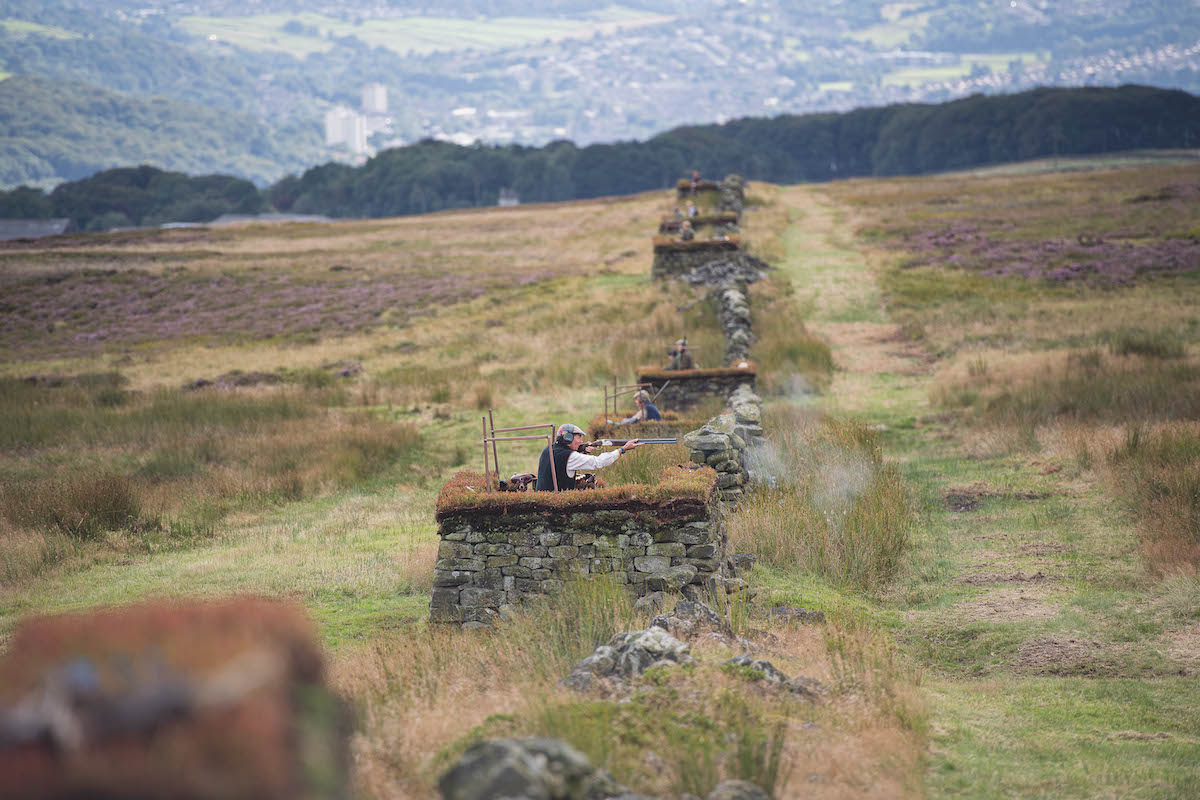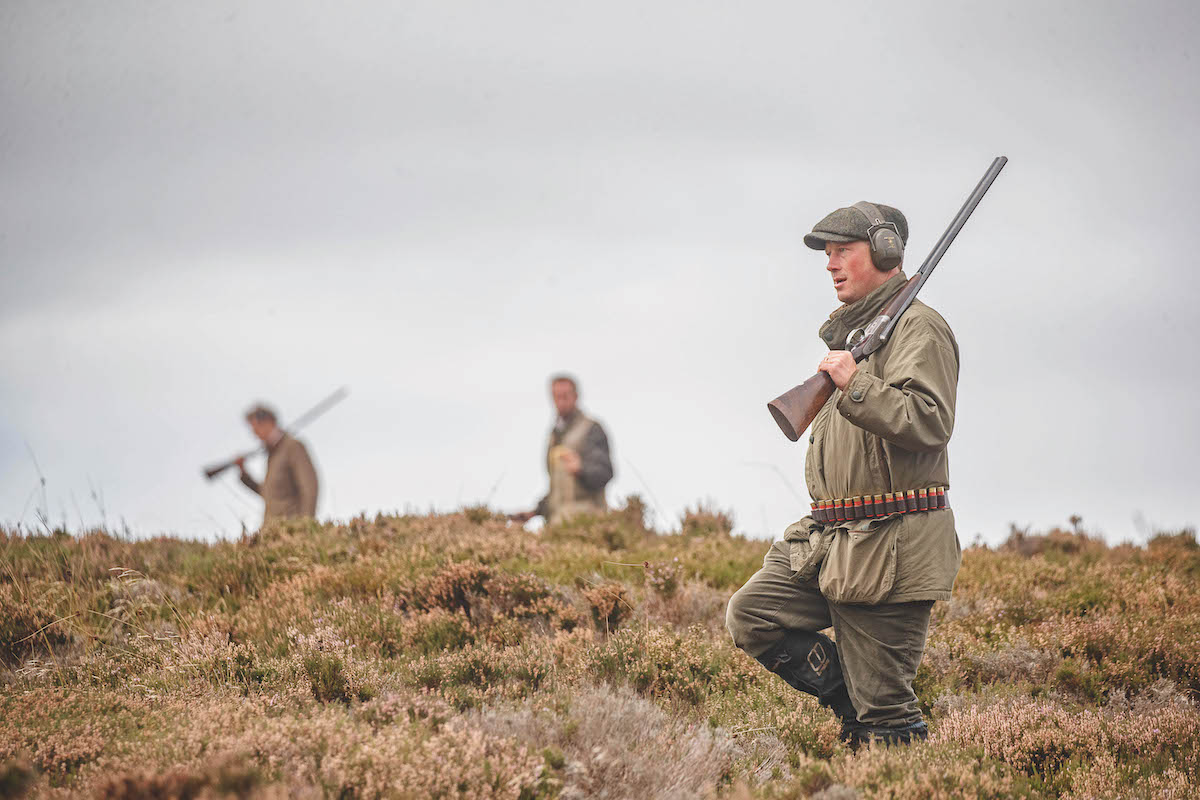Hard-core antis make the RSPB’s actions look moderate
Just as American film- makers use actors with British accents to play bad guys, it may suit the RSPB to equip villains with Range Rovers and tweed

“Passionate people, passionate places” – that was the slogan of an advertising campaign promoting the north-east of England. It could just as well apply to the grouse moors of northern England. These are the most productive in the UK. They also produce, as a by-product, enough heat to power a city the size of Leeds. I am talking about the intensity of the argument over how our moorlands should be managed.
In one sense, there is nothing new in this power struggle. The battle over who controls the moors flared up in 1932, with the mass trespass at Kinder Scout, in Derbyshire. It continues today with the RSPB’s recent demand for the licensing of grouse moors.
Currently, grouse shooting finds itself being chivvied along by flankers and beaters from a coalition of anti-shooters towards a line of butts manned by well-armed legislators. The irony is that grouse shooting — a sustainable land use which funds the maintenance of landscapes worthy of conservation designation — is being targeted by people who claim to have the interests of wildlife at heart.
Some factions of the bird brigade oppose the Hen Harrier Joint Recovery Plan. This plan, worked out by shooting and conservation interests under the supervision of DEFRA, aims to produce more hen harriers in more places but without concentrations that destroy driven grouse shooting. Yet some in the raptor lobby seem reluctant to see the plan put into action. Why?
Harrier hysteria is hard to explain in terms of the bird itself. Unlike most of our native raptors, the low-flying hen harrier is not exactly spectacular. Nor is it rare. There are several hundred breeding pairs in the UK — mainly in Scotland and the islands. Internationally, it is listed as a “species of least conservation concern”. It was extinct as a breeding species on the British mainland until little more than a century ago and didn’t nest south of the border until about 1970. This year, there were three successful nests in England — compared with none the year before. If the Joint Recovery Plan was rolled out (it has been ready since January) there could be many more. So what’s the sticking point?
I have a suspicion that the RSPB would still be attacking grouse moors this year even if there were lots of hen harrier nests in England. The real driver is the political cycle. Usually, governments can call an election whenever they wish, but under the coalition agreement we always knew that the next general election would be in May 2015. It may be ungracious of me, but I suspect the RSPB is using hen harriers as flying fund- raisers in a pre-election campaign. And moor owners unwittingly form a convenient enemy.
The RSPB has every right to be outraged by illegal persecution. But just as American film- makers use actors with British accents to play bad guys, it may suit the RSPB to equip villains with Range Rovers and tweed. And if the extremists of grouse moor bashing go too far, the charity can disown them, saying: “They’re nowt to do with us”.
Yet the hard-core raptorphiles are effectively the “provisional wing” of the anti-grouse moor movement. They extend the argument in a manner which, to the legislator, may make the RSPB itself seem moderate by comparison. Suddenly, compared with some of the fulminations on the online forums, the RSPB’s draconian licensing proposal starts to look more like a middle way. Neat, eh?
The real pity, of course, is that all this passion — on all sides — could be harnessed for a more constructive end. Under the Joint Recovery Plan, we could have more hen harriers as well as viable grouse moors that help fund the uplands. Who would oppose that? Only those, I suggest, who are less interested in helping hen harriers than they are in kicking grouse moor owners.








